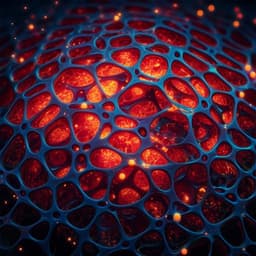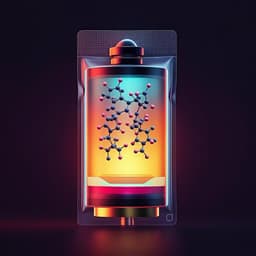
Engineering and Technology
Delocalized electronic engineering of TiNb<sub>2</sub>O<sub>7</sub> enables low temperature capability for high-areal-capacity lithium-ion batteries
Y. Zhang, Y. Wang, et al.
This groundbreaking research by Yan Zhang and colleagues uncovers how modulation of TiNb2O7's electronic states through dopants and oxygen vacancies can significantly enhance low-temperature performance in lithium-ion batteries. Achieving a competitive capacity of 1.32 mAh cm−2 at −40 °C, their findings promise to elevate battery efficiency even in extreme conditions.
~3 min • Beginner • English
Related Publications
Explore these studies to deepen your understanding of the subject.







